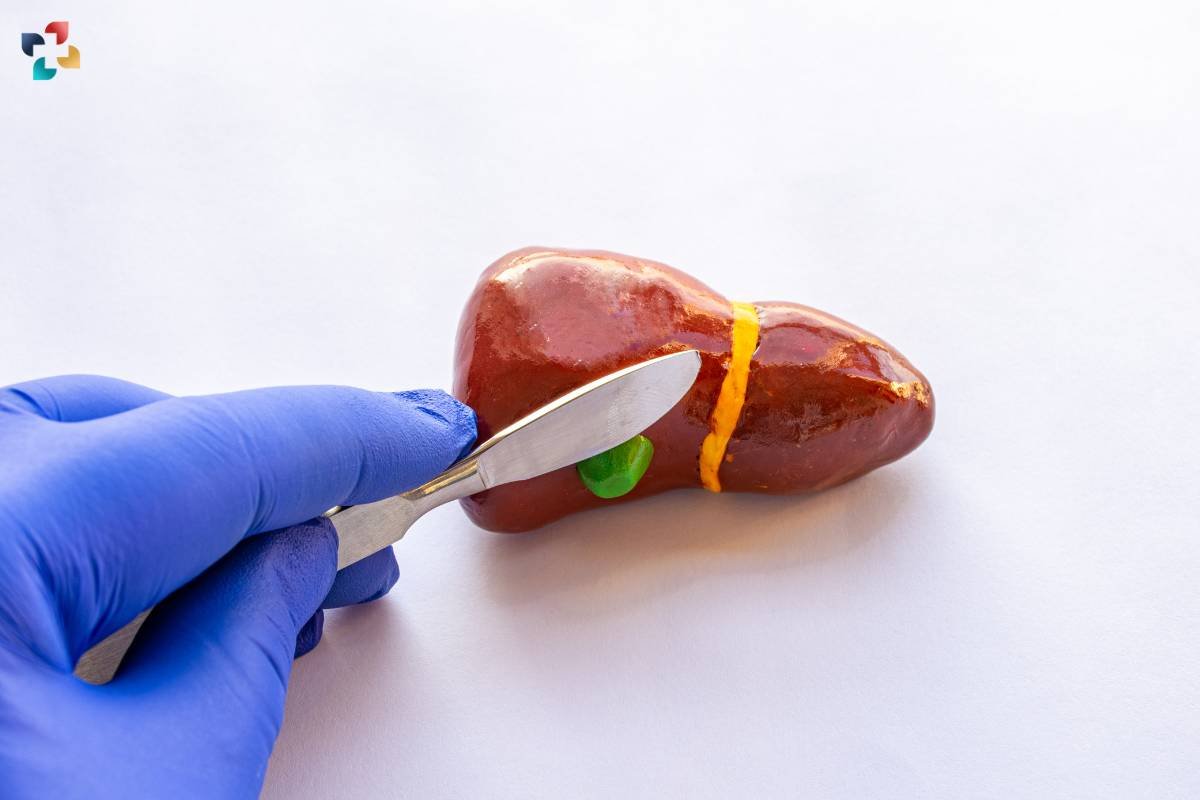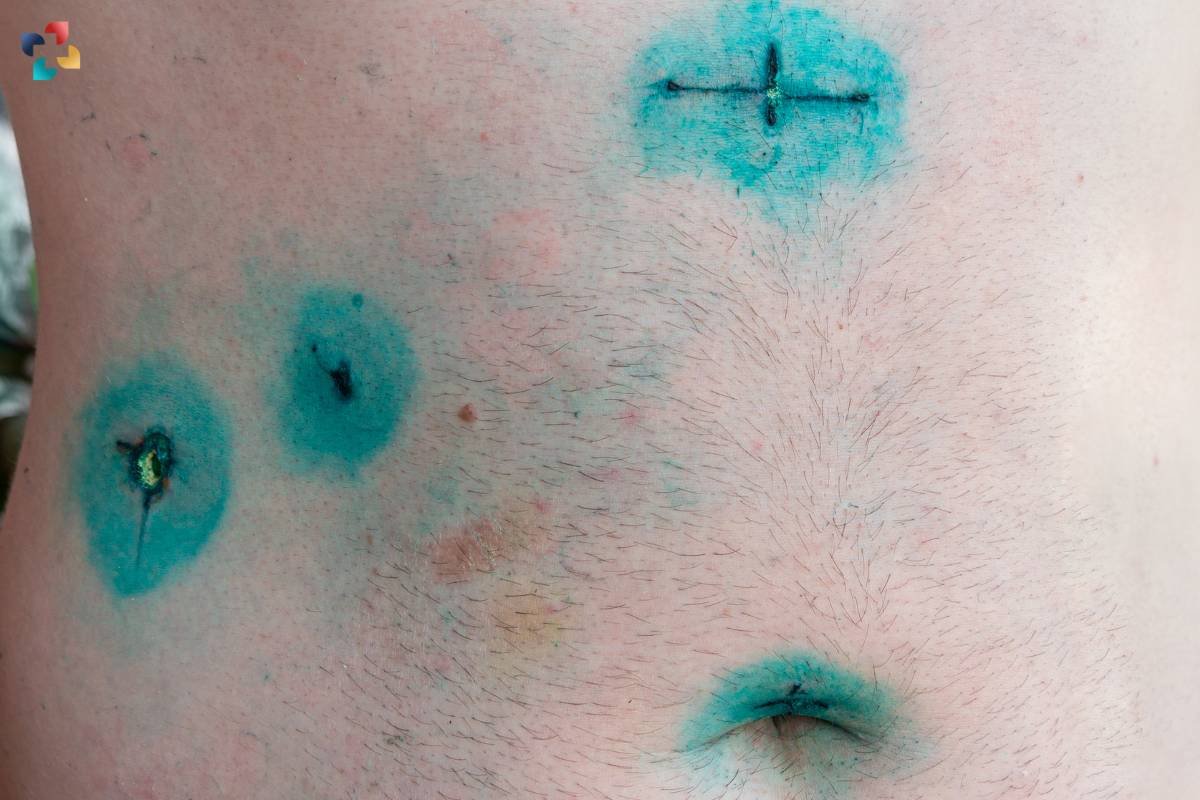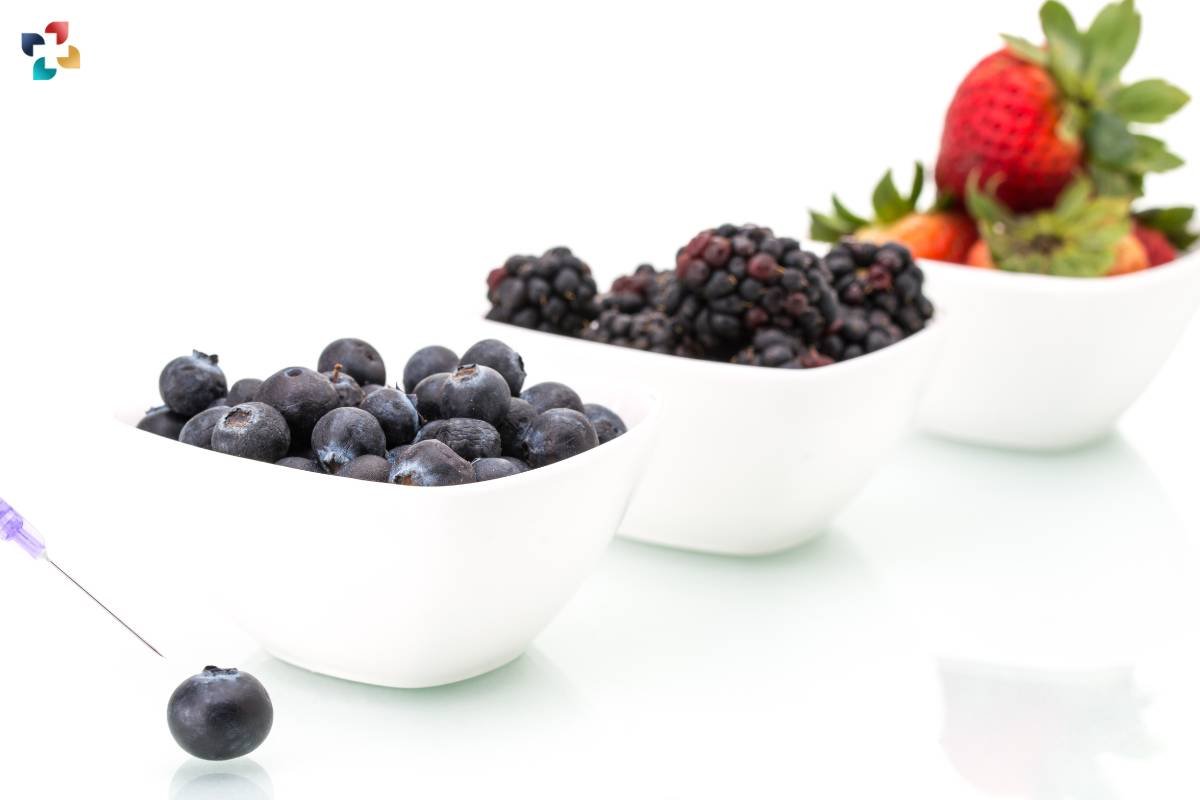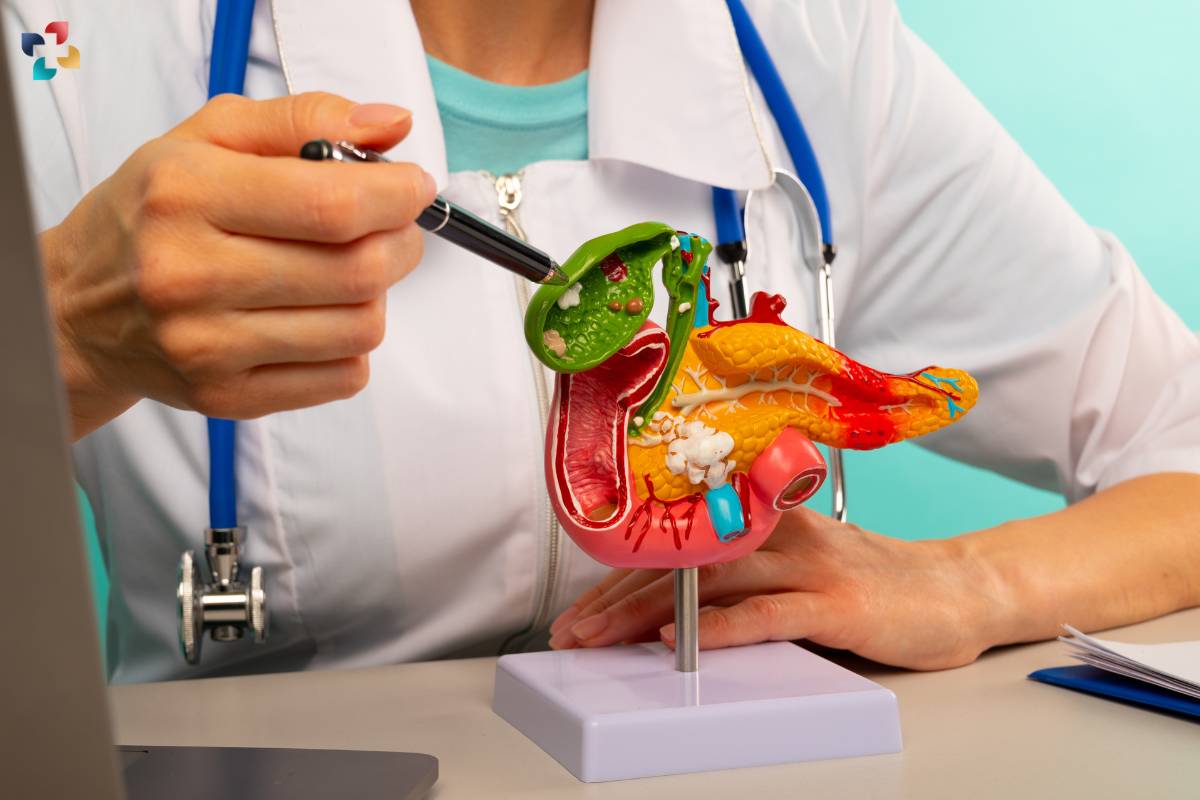Introduction
Gallbladder removal, medically known as cholecystectomy, is a common surgical procedure performed to treat various gallbladder-related conditions. Whether due to gallstones, inflammation, or other complications, the removal of the gallbladder may be necessary to alleviate symptoms and improve overall health. In this comprehensive guide, we delve into the indications for gallbladder removal, the procedure itself, and what to expect during the recovery process.
Understanding Gallbladder Removal
Gallbladder removal is a surgical procedure that involves the complete or partial removal of the gallbladder, a small organ located beneath the liver. The gallbladder plays a role in storing bile produced by the liver and releasing it into the small intestine to aid in the digestion of fats. However, certain conditions, such as gallstones or inflammation of the gallbladder (cholecystitis), can impair its function and lead to symptoms such as abdominal pain, nausea, and vomiting. In such cases, gallbladder removal may be recommended to alleviate symptoms and prevent complications.
Indications for Gallbladder Removal:

1. Gallstones
Gallstones are hardened deposits that form in the gallbladder and can block the flow of bile, leading to symptoms such as abdominal pain, bloating, and jaundice. Gallbladder removal is often recommended for individuals with recurrent gallstone-related symptoms.
2. Cholecystitis
Cholecystitis refers to inflammation of the gallbladder, typically caused by gallstones blocking the bile ducts or infection. Severe cases of cholecystitis may require gallbladder removal to prevent complications such as infection, abscess formation, or perforation of the gallbladder.
3. Gallbladder Polyps
Gallbladder polyps are growths that develop on the inner lining of the gallbladder and may increase the risk of gallbladder cancer. It may be recommended for individuals with large or symptomatic polyps or those at increased risk of cancer.
4. Biliary Dyskinesia
Biliary dyskinesia refers to abnormal gallbladder function, often resulting in symptoms such as abdominal pain, nausea, and bloating. Gallbladder removal may be considered for individuals with symptomatic biliary dyskinesia that does not respond to conservative treatment measures.
5. Pancreatitis
In some cases, gallstones may migrate from the gallbladder and obstruct the pancreatic duct, leading to pancreatitis (inflammation of the pancreas). Gallbladder removal may be necessary to prevent recurrent episodes of pancreatitis and alleviate symptoms.
The Gallbladder Removal Procedure:

It can be performed using two main techniques: laparoscopic cholecystectomy and open cholecystectomy.
1. Laparoscopic Cholecystectomy
Laparoscopic cholecystectomy is the most common method of gallbladder removal and involves making several small incisions in the abdomen through which specialized instruments and a camera (laparoscope) are inserted. The surgeon then removes the gallbladder using small instruments, guided by the images transmitted by the laparoscope. Laparoscopic cholecystectomy is preferred for its shorter recovery time, less pain, and lower risk of complications compared to open surgery.
2. Open Cholecystectomy
Open cholecystectomy involves making a larger incision in the abdomen to access and remove the gallbladder. This approach may be necessary for individuals with severe inflammation, scarring, or other complications that make laparoscopic surgery technically challenging or unsafe. While open cholecystectomy may require a longer hospital stay and recovery period, it remains a viable option for certain patients.
Recovery After Gallbladder Removal:
The recovery process after gallbladder removal varies depending on the type of surgery performed and individual factors such as overall health and the presence of underlying medical conditions. In general, most individuals can expect to return home the same day or within a few days following laparoscopic cholecystectomy, while open cholecystectomy may require a longer hospital stay. Recovery typically involves:
1. Pain Management
Pain and discomfort after gallbladder removal can be managed with pain medications prescribed by your healthcare provider.
2. Activity Restrictions
While recovery times may vary, most individuals can resume normal activities within a few days to a week after laparoscopic cholecystectomy. Open cholecystectomy may require a longer recovery period and may involve activity restrictions for several weeks.
3. Diet Modifications

Following gallbladder removal, some individuals may experience temporary digestive symptoms such as diarrhea or bloating. Gradually reintroducing foods into the diet and avoiding fatty or spicy foods can help alleviate these symptoms.
4. Follow-Up Care
It is essential to attend follow-up appointments with your healthcare provider to monitor your recovery progress, address any concerns or complications, and discuss any necessary dietary or lifestyle modifications.
Conclusion
Gallbladder removal, or cholecystectomy, is a commonly performed surgical procedure aimed at treating various gallbladder-related conditions such as gallstones, cholecystitis, and gallbladder polyps. Whether performed laparoscopically or through open surgery, gallbladder removal can alleviate symptoms, prevent complications, and improve overall health and quality of life for individuals experiencing gallbladder-related issues. By understanding the indications, the procedure itself, and what to expect during the recovery process, individuals can make informed decisions about their healthcare and take proactive steps toward better health and well-being.

Vegan and Vegetarian: What to Know About Plant-Based Diets
Plant-based diets have the necessary nutrients like proteins, iron, zinc, calcium, vitamin B12, and vitamin D, which are essential for us to consume. All these required nutrients when consumed in a balanced manner,
FAQs
1. What is gallbladder removal, and why is it performed?
Gallbladder removal, medically known as cholecystectomy, is a surgical procedure to remove the gallbladder. It is typically performed to treat gallbladder-related conditions such as gallstones, cholecystitis (inflammation of the gallbladder), gallbladder polyps, or biliary dyskinesia (abnormal gallbladder function) that cause symptoms such as abdominal pain, nausea, and vomiting.
2. How is gallbladder removal surgery performed?
Gallbladder removal surgery can be performed using two main techniques: laparoscopic cholecystectomy and open cholecystectomy. Laparoscopic cholecystectomy involves making several small incisions in the abdomen through which specialized instruments and a camera (laparoscope) are inserted to remove the gallbladder. Open cholecystectomy involves making a larger incision in the abdomen to access and remove the gallbladder.
3. What are the risks and complications associated with gallbladder removal?
While gallbladder removal is generally considered safe, like any surgical procedure, it carries certain risks and potential complications. These may include bleeding, infection, injury to nearby organs or structures, bile duct injury, bile leakage, blood clots, or adverse reactions to anesthesia. Your surgeon will discuss these risks with you before the procedure.
4. What is the recovery process like after gallbladder removal surgery?
The recovery process after gallbladder removal surgery varies depending on the type of surgery performed and individual factors such as overall health and the presence of underlying medical conditions. In general, most individuals can expect to return home the same day or within a few days following laparoscopic cholecystectomy, while open cholecystectomy may require a longer hospital stay. Recovery typically involves pain management, activity restrictions, diet modifications, and follow-up care with your healthcare provider.
5. Will I experience any changes in digestion or diet after gallbladder removal?
Some individuals may experience changes in digestion or diet following gallbladder removal, particularly in the short term. Without a gallbladder to store and release bile, bile may flow more continuously into the digestive tract, leading to symptoms such as diarrhea, bloating, or discomfort after eating fatty or spicy foods. Gradually reintroducing foods into the diet and avoiding fatty or spicy foods can help alleviate these symptoms. It is essential to discuss any concerns or dietary modifications with your healthcare provider.








